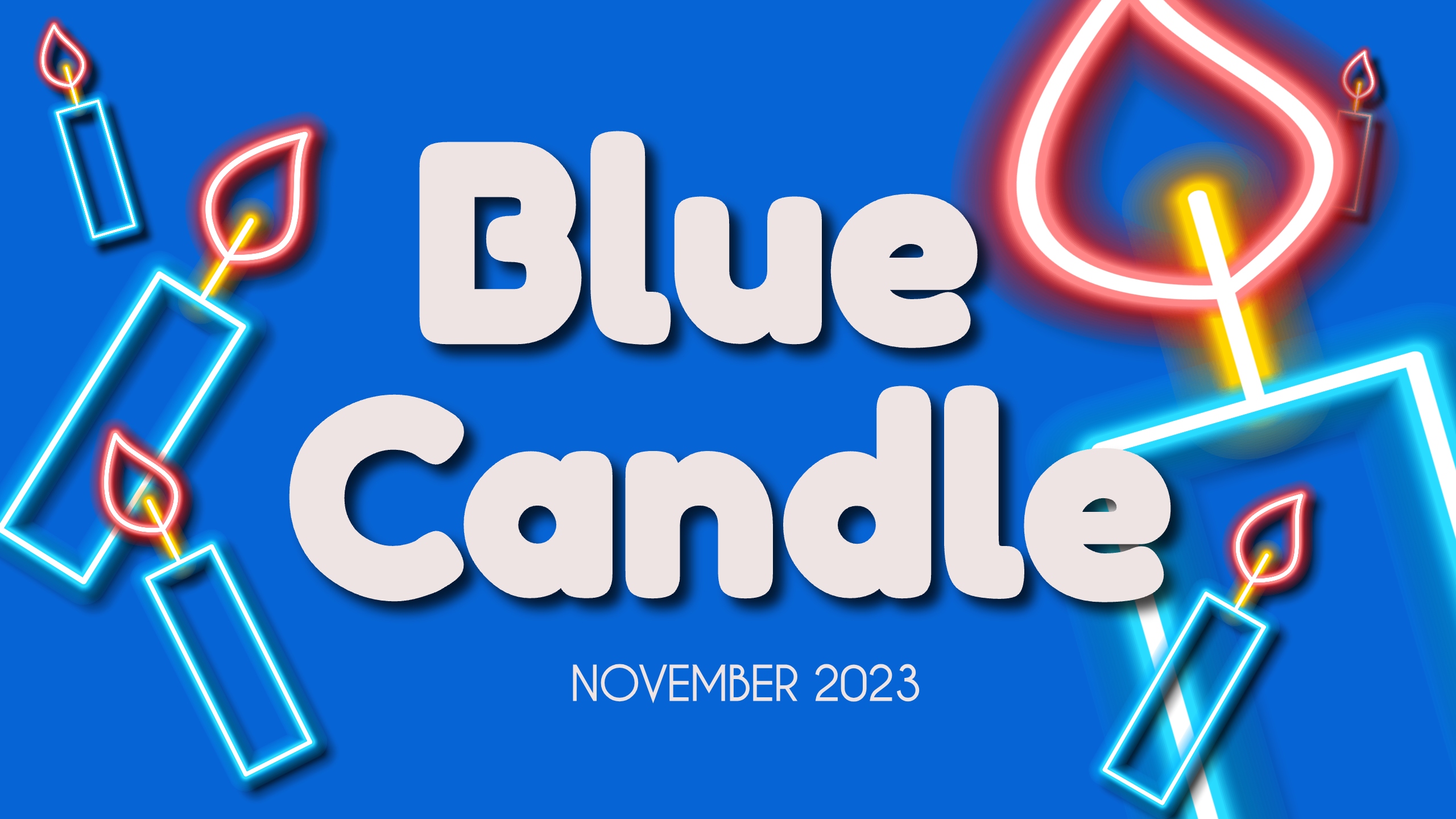According to the State Journal-Register of Illinois, McDonald’s plans to phase out the do-it-yourself stations, eliminating them over the next decade as franchise owners cite hygiene, theft, and consumer eating habits.
Slashing soft drinks from your diet is a quick way to improve your health and lose weight. Sugar-sweetened soft drinks are the leading sources of added sugars in the American diet. Frequently drinking sugar-sweetened beverages is associated with weight gain, obesity, type 2 diabetes, heart disease, kidney diseases, non-alcoholic liver disease, tooth decay and cavities, and gout, a type of arthritis. But giving up your soda habit isn’t always an easy task. While some people can function just fine without soft drinks, others need their fix starting at breakfast.

Soda Is Engineered To Make You Drink More
According to Gary Wenk, director of neuroscience undergraduate programs at Ohio State University and author of “Your Brain on Food,” it’s all in the beverage’s design.” He believes your favorite soft drink brand is engineered with enough sweetener, caffeine, and carbonation to make you continuously want to grab and gulp.
“Free refills are a big draw for people,” Kim Derringer, who operates three McDonald’s franchises in Springfield, Ill., told The State-Journal Register.
“I don’t see anything taking that away.”
Most People Don’t Know How Many Calories Are In Soda
Even though it’s widely known that soda can contribute to weight gain, most adults don’t know how many calories are in a bottle of soda, a new study reveals.
The research, published in the Journal of the Academy of Nutrition and Dietetics and based on data from 3,926 adults, shows that eight in 10 adults — 84.4 percent — know that sugar-sweetened beverages can promote weight gain. However, nearly the same percentage of adults — 81 percent — did not know (or inaccurately stated) the number of calories in 24 ounces of soda. (There are 251 to 350 calories in a 24-ounce soda).
If you’re having a soft drink on occasion – say a few times per month – there’s no need for concern. But if you’re having more than one soda per day, you could be putting yourself at risk for health conditions, stroke, and dementia.
“The key is finding (another) beverage you enjoy,” Msora-Kasago said. “Unsweetened milk is always a great place to start because in addition to quenching thirst, milk provides many important nutrients such as protein and calcium.”
We’re talking about ‘THE SWEETEST TABOO’ aka ‘SUGAR’ with musical inspiration from Sade on this episode of Divabetic’s podcast.
Added sugar is everywhere. But do we understand the impact it has on our diabetes health?
You may think of sweets, chocolate, sodas, table sugar, and perhaps fruit if asked to name sugary foods. But sugar also appears in savory foods such as ready meals, soups, salads, sauces, and ‘healthy’ foods such as breakfast cereals and yogurt. Furthermore, starches such as bread, pasta, rice, and potatoes also convert to sugar in our bloodstream, having the same impact on our bodies. These ‘hidden sugars’ can add a surprising amount to our daily intake.
Guests include Patricia Addie-Gentle RN, CDCES, Tameka Milline, Catherine Schuller, Kathy Dolgin aka ‘High Voltage’, and Stephanie MacKendree. Throughout the podcast, we play music from The Essential Sade album courtesy of SONY Music.
Help Us Light the Way During National Diabetes Awareness Month (November)
Approximately 96 million American adults—more than 1 in 3—have prediabetes. Did you know that over 80% don’t know they have it? Prediabetes increases your risk of developing type 2 diabetes, heart disease, and stroke.

This November, join Divabetic’s Blue Candle initiative and encourage your friends, co-workers, and family members to be screened for pre-diabetes. The Centers for Disease Control (CDC) offers a quick, easy online Pre-Diabetes risk test.
Prediabetes Risk Test
Be by their side when they check, and share your experience of living well with diabetes so they can see that living well with diabetes is possible. Together, we can help others come out of the dark, address their diabetes health status, and start living their lives to the fullest.

